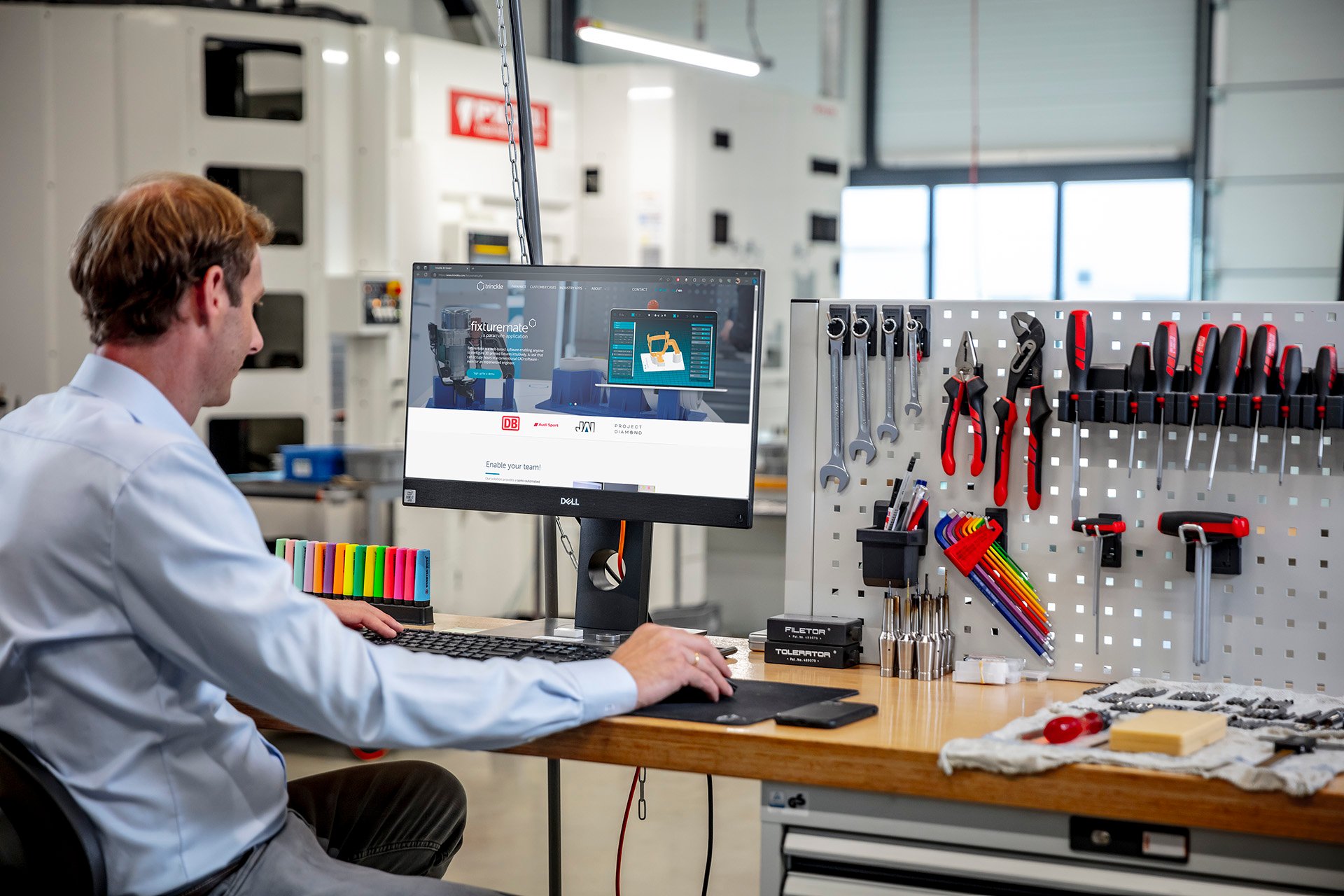Design automation explained
Design automation transforms CAD expertise into algorithms,
streamlining the design workflow for professionals and enabling users of
any skill level to produce high-quality designs.

WHAT
Automate design processes

WHY
CAD design, simplified

How does design automation work?
Upload data, modify design settings, and let the algorithms handle the complexities.
Our powerful paramate engine works in the background to output a digital file optimized for 3D printing.
Configuration
inputs
- Interactive tools: Drag and drop,
point and click, numbers, sliders - 3D assets: 3D models, scan data
- 2D data: Graphics, text, images
- Data sets: Spreadsheets
Production-
ready data
- STL and 3MF files for 3D printing
- PDF files with drawings and documentation
- Part lists, prices, analytics, or other metadata
WHO
For novices and experts

Benefits
Maximize efficiency

Frequently asked questions
Design automation streamlines repetitive, manual CAD tasks that occupy a significant amount of time for skilled designers. Software-defined rules capture design expertise as powerful algorithms that ensure product consistency and quality, allowing designers to work more efficiently.
This results in reduced costs and lead times, and better, more advanced products. Design automation can also democratize design by allowing individuals of any skill level to create and modify custom products without steep CAD learning curves.
There are several types of design automation, including generative design, parametric design, and algorithmic design.
While each of these methods has unique characteristics and differences, they have the use of automation, algorithms, and customization in common. They automate design processes, use algorithms to generate designs, and enable tailored design modifications.
These approaches enhance efficiency, offer flexibility, and can be adapted to various design domains. trinckle software uses elements of all of these methods to produce designs.
Design automation is widely used across many industries. A key application is in 3D printing, commonly known as "DfAM" (Design for Additive Manufacturing). Industries, especially automotive, are adopting it to improve product development, save costs, and explore new business prospects.
It's used to design custom fixtures for manufacturing, robotic arm tooling, custom lightweight grippers, adjustable copper inductors, and customized gears. It even reaches specialized sectors like custom orthopedic shoe creation and dental procedures.
Design automation not only ensures enhanced design efficiency, significant time saving, faster lead times, and substantial cost savings in the production process, but also paves the way for custom products that are often more advanced and better in quality. It also eliminates the hassle of repetitive design steps that are common in CAD workflows.
This frees up valuable time and allows experienced engineers to focus on critical tasks. Design automation software also enables even non-CAD experts to create and modify designs to their needs, making it a universal tool that fuels innovation.
In the present day, there are many differences between design automation and AI. Despite these differences, both technologies share a common goal: they automate tasks that were once performed manually, and they simplify processes, reducing effort and reliance on specialized knowledge.
For a more in-depth analysis of this topic, read our learn article.
A part is created using traditional CAD design. This design is then imported into a design automation tool, such as fixturemate, where the user can input and adjust design features to suit their needs. Powerful algorithms within the software transform these rule-based inputs into complex design actions.
The design is exported as an STL file, making it ready for a 3D printing workflow. Once the 3D printing process is complete, the part is deployed to wherever it's needed. This entire process can be completed from start to finish in a matter of hours.
paramate is the engine that powers all trinckle applications. It's a high-performance, modular cloud platform tailored for repetitive design processes and sophisticated product customization. It generates model geometries in real-time, enabling fully-automated workflows. By blending algorithm-driven CAD with user-friendly configuration interfaces, paramate offers flexible modular components that can be adapted to specific applications.